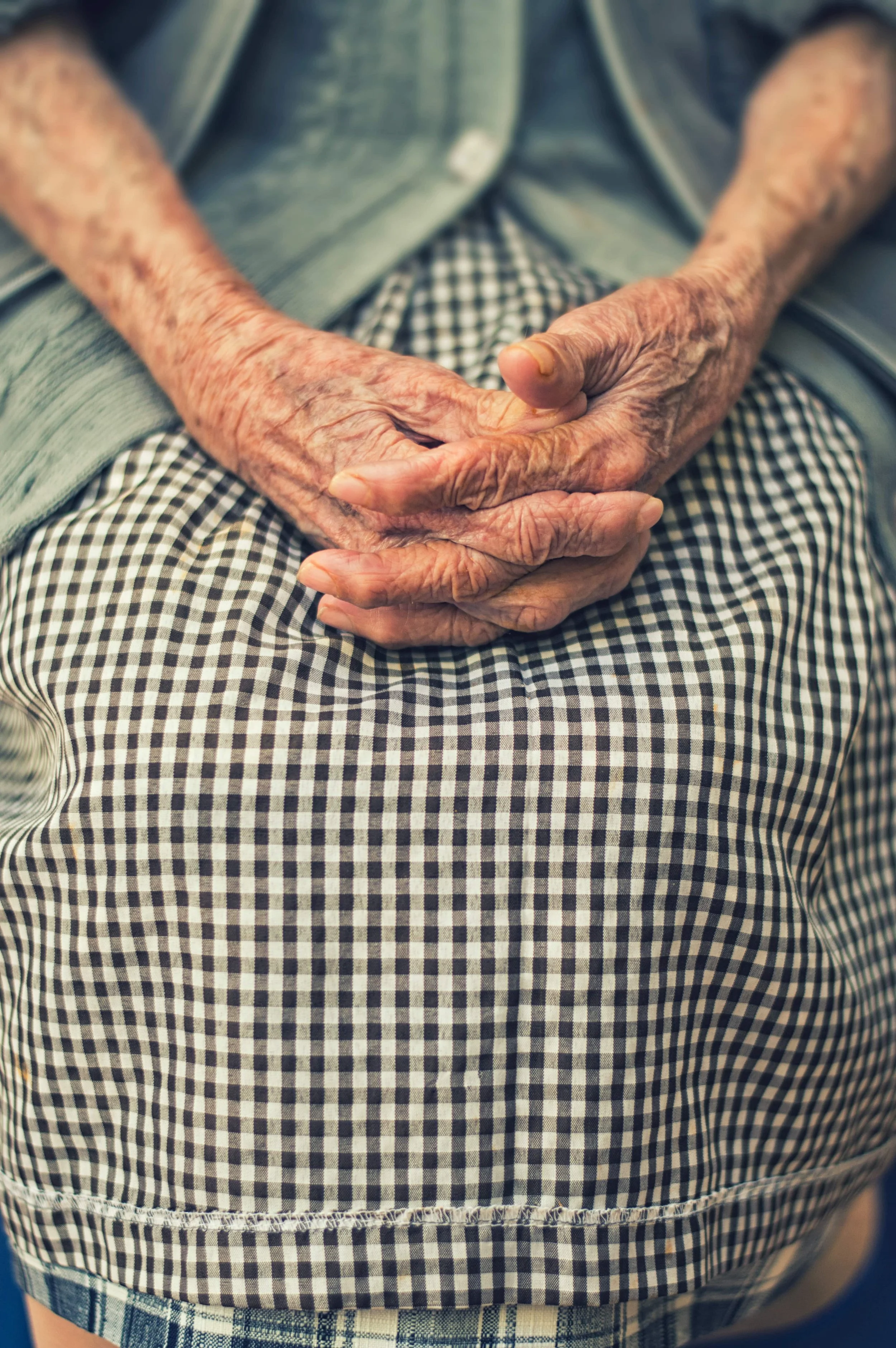Lessons From Blue Zones: How Their Homes Are Different
Spoiler alert: Austin is not in a Blue Zone, but that doesn’t mean the principles of longevity - those that are so effective in a select few places around the world - can’t be replicated in your own home.
For those who haven’t binged on the Netflix docu-series about Blue Zones, here’s a quick primer. Blue Zones, a term coined by author Dan Buettner, are regions around the world where people tend to live exceptionally long lives. Studies have suggested that it’s a person’s environment, rather than genetics, that plays a significant role in these populations’ longevity. The five Blue Zones as noted by Buettner include Okinawa Prefecture, Japan; Nuoro Province, Sardinia, Italy; the Nicoya Peninsula, Costa Rica; Icaria, Greece; and Loma Linda, California, United States.
The good news is that even if you don’t live in a Blue Zone, you can still take a lesson from those who do and adapt your home and environment in a way that will positively impact longevity.
(Not-So) Secrets to Blue Zone Longevity
Researchers like Buettner have found that there are a few core elements that differentiate Blue Zone residents from the rest of us. Namely, they:
● Move more,
● Eat better, and
● Sleep well
There’s nothing too shocking about these findings, but our culture has made achieving these goals rather challenging. In Texas, it’s often more convenient to drive places rather than walk or purchase quick pre-packaged foods rather than cook at home. As we age, these options are increasingly likely to become the default choice for many.
Here are a few ways you can change your home environment to encourage greater Blue-Zone living.
● Get comfortable in your kitchen: To prepare healthier foods, you may need to make some modifications to your kitchen. Even something simple like adding an anti-fatigue mat can make chopping vegetables much easier on your joints. You might also consider investing in appliances, like a slow cooker, that make home cooking less of a chore. If you lack counter space, evaluate alternatives like a rolling island.
● Establish movement reminders: Old habits die hard, but you can make new ones easier to instill with some environmental changes. Organize your garage so your bike is within arm’s reach. Leave gardening tools in a basket right off the back door. Set reminders and challenge yourself to take 3, 10-minute walks each day. If you live in a split-level home, try to take the stairs as often as you can.
● Create a comfortable sleeping environment: A third principle of Blue Zone residents is they get better sleep. A healthy diet and exercise certainly contribute to this, but so does a sleep sanctuary. Install blackout coverings, consider a white noise machine, and keep your room cool at night. An energy-efficient home upgrade like installing a smart thermostat can make this automatic for you.
As you consider these and other environmental upgrades you can make to your home more Blue Zone friendly, reach out to us at Golden Home Management. Our aging-in-place specialists can help you identify ways to make your home safer and healthier for the long term.


